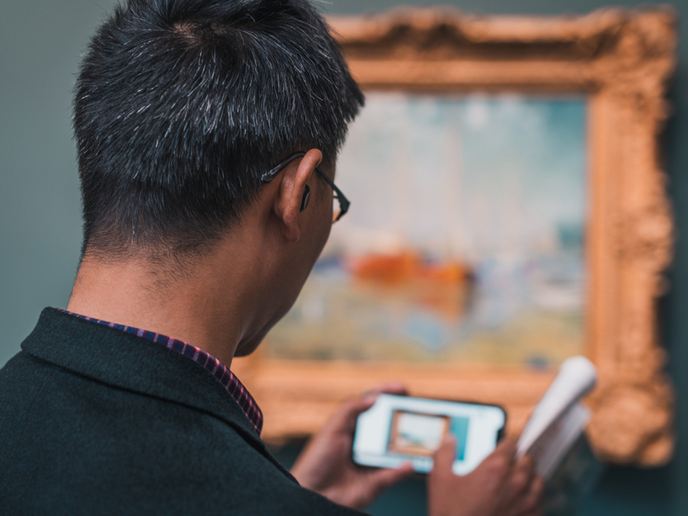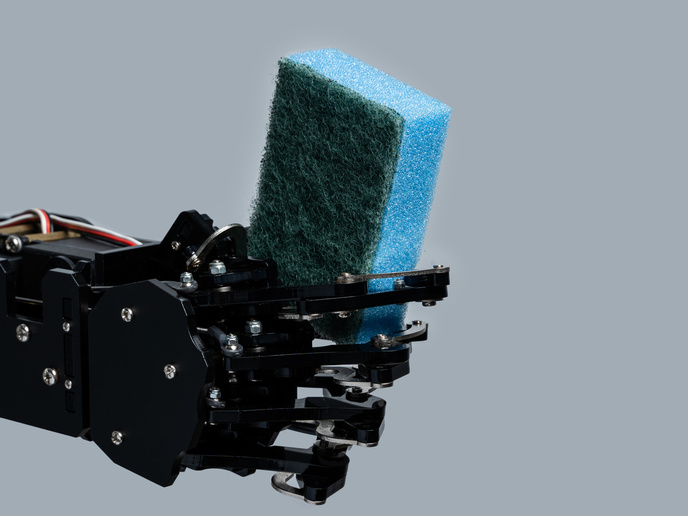Redefining the museum experience for the digital age
Digital technologies have the potential to redefine museums, opening the door to an array of new ways to connect with visitors. A possible approach is to create hybrid experiences that utilise digital technology capable of enriching a physical visit to museums. “The challenge with developing virtual museums is establishing meaningful user experiences that allow for personal, complex and emotional encounters with art and cultural heritage,” says Anders Sundnes Løvlie, an associate professor at the IT University of Copenhagen and coordinator of the EU-funded GIFT project. GIFT – a consortium of leading researchers, museums and artists – set out to provide curators and designers with the tools they need to develop meaningful, interpersonal museum experiences. “Museums are social spaces, where social interactions sometimes overshadow the content and context of exhibitions,” explains Løvlie. “Therefore, it was important for our project to pay close attention to these social, shared experiences.”
The GIFT Box
Many museums have used technology to create digital reproductions of physical exhibitions. The GIFT project differs in that it looked at using mobile applications to enhance the experience of a visitor who is physically inside a museum. “We call it hybrid virtual museum experiences because we’re not that interested in strapping virtual reality glasses on people and shutting them inside a digital world,” says Løvlie. “By combining the physical space with the digital, we aim to create nuanced and complex experiences rather than just digital reproductions of physical exhibitions.” The result of this effort is the GIFT Box, a portfolio of free, open-source tools and methods that museums can use to enrich the physical experiences of their visitors. For example, the Gift App lets visitors use their smartphone to create a digital gift for someone they care about. The tools are geared towards helping museums generate, strengthen, test and prioritise ideas for digital enrichment. For example, VisitorBox Ideation Cards is a printable card game that curators can use to brainstorm ideas for digital experiences, whereas the ASAP Map encourages users to develop a shared understanding of these ideas. From there, designers can leverage the Experiment Planner to plan and test their ideas, along with mapping out a clear path towards implementation. The GIFT Box also contains several apps that allow visitors to become museum curators. Artcodes are customisable and scannable markers that help visitors add digital content to a physical exhibit. There’s also an app that lets visitors create interactive 3D models of various museum works and exhibits.
Increasing curiosity and engagement
By providing the tools and framework for building meaningful personalisation of digital cultural heritage, the GIFT project is redefining the museum experience for the digital age. “By enabling more engaging hybrid virtual/physical museum experiences, we increase citizen curiosity and engagement,” adds Løvlie. “Furthermore, because our unique hybrid format makes physical visits more engaging and attractive, it also contributes to economic growth through ticket and digital sales.” The Gift App is now offered at the Munch Museum in Oslo, Norway. The project’s 3D and augmented reality tools were also used to create an ongoing exhibition at the National Museum in Belgrade, Serbia. A number of other museums have also expressed interest in using the project’s tools.
Keywords
GIFT, museums, mobile applications, digital technologies, virtual museums, cultural heritage







